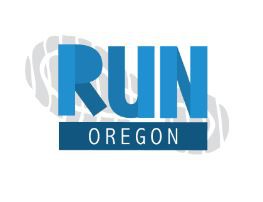The Cascake Lakes Relay is next weekend, so I’ve picked a Strava Segment of the Week that is on the course. Leg 19, to be exact. This is an incredibly hard leg, despite it’s average grade of 0% … that’s because you go up a mountain and then back down. The route starts at 5,074 feet and climbs 684 feet to top out at 5,758, then runs back down. The total distance is 7.3 miles but the course records are impressive despite the elevation and the mileage! If you know someone running this leg of the CLR, make sure they’re on Strava so they can do their best to knock off the leaders.
This route has only been attempted 55 times by 54 people. Here is a map of the segment Cascade Lakes Relay – Leg 19 so you can see where it runs.
As of July 28, 2017, the course records for the segment Cascade Lakes Relay – Leg 19 are:
Women’s: Brittney Forster from July 2016, 55:24
Men’s: Tyler Dudley from August 2013, 44:33
So, can you beat their times and become the leader of this segment? You have until Friday, August 11 at noon to try and break the record and see your name in “lights” on Run Oregon! We’ll post a new Segment next Friday at 12.
The segment from July 14, the Fairview Creek Headwaters – South, has the same course leaders (Torrey Lindbo and Hannah Wiesner), but keep trying! It’s a great segment.
Strava is an online training and racing log for runners and cyclists. The basic account is free and requires you to create a login. There is also a premium version, but in order to run and record routes as described in this post, you do not need to subscribe to their premium service. Note that this is not sponsored by Strava, nor endorsed or supported in any way by Strava. It’s just a fun thing we’re going to do to give some speedy shout-outs to area runners and pose a challenge to those of you willing to take on their segment.



